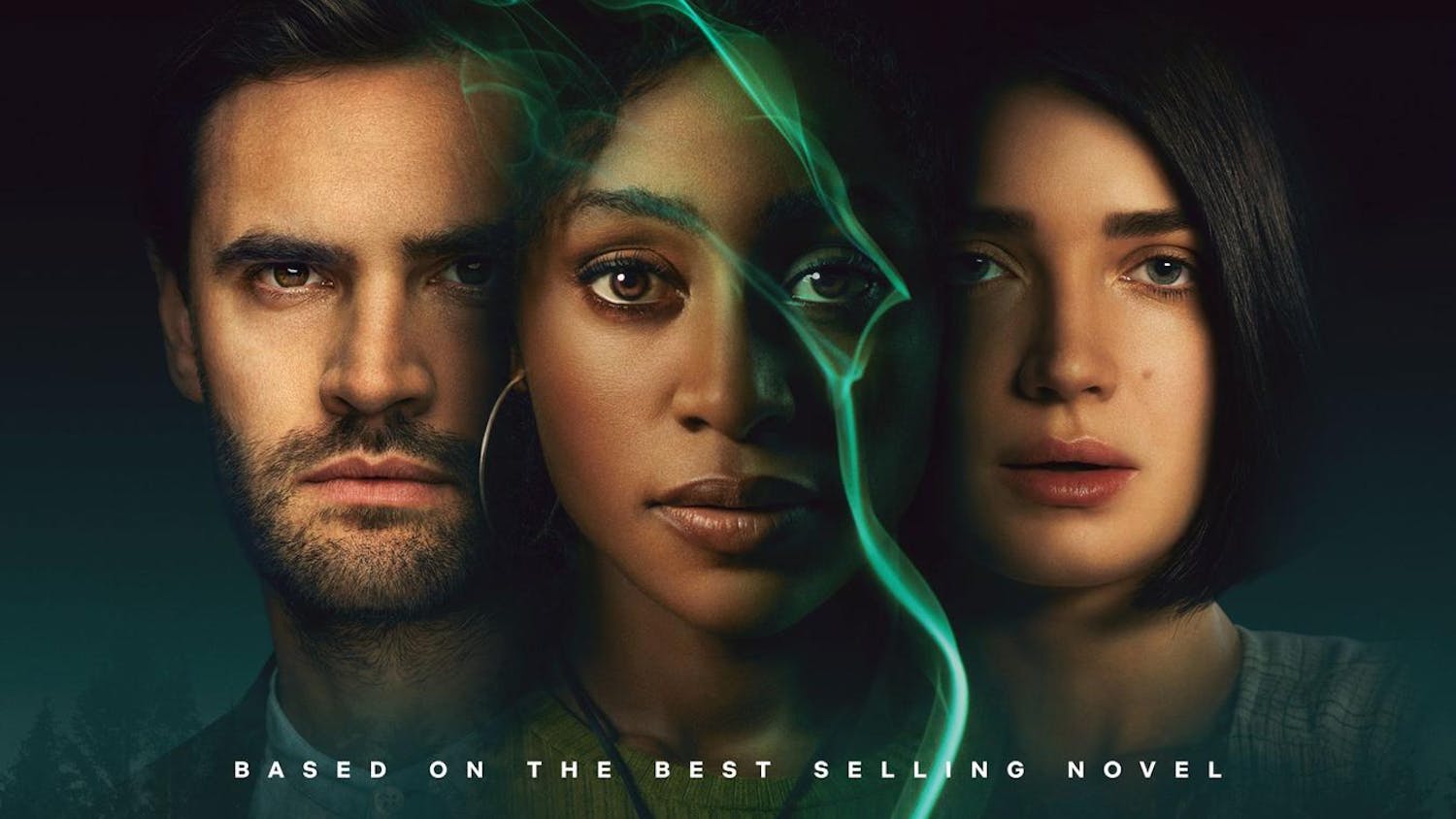“Pakistan has typically been considered a male- dominated society, one in which women are often objectified and controlled by men. In my paintings, a role reversal occurs whereby I, a young Pakistani female, am in control of the appearance of these men through each mark, color, and line. I by no means have any violent intentions but rather the opposite, and treat the figures with warmth and reverence — attempting to translate the comfort I felt whilst in their presence.” — Aiza Ahmed, BFA ’20
Color Relations is an exploration of portraiture by Cornell BFA candidate Aiza Ahmed ’20. Her paintings navigate the ancient practice through experimentation with color and lines. While varying in form and size, Ahmed’s portraits are unified by the emotive detail of their subjects’ facial expressions. These intricacies are juxtaposed with the simplicity of the monochromatic backgrounds underlying them while austere lines delineate the contours and wrinkles of the subject’s clothing. All of these elements further transpose the gaze toward the human face as a discursive mediator of the portrait’s narrative.
Ahmed’s Lurking series constitute the smallest portraits of the exhibition. What is striking about these examples is the way that all except the very front of the subjects’ faces is obstructed by an overlying block of color. In some sense, it serves to reconfigure the subject as almost resisting its own apprehension by the external gaze as well as the responsibility to render the forms as they may have wished. In this series in particular, the usage of color undergoes a multiplication from its role as a backdrop to a willful agent of concealment. Subverting the convention of depicting the entirety of the subject’s form, the works within the series intentionally articulate the image in a state of partiality as the artistic point of departure. By interrupting of the gaze’s reconstruction of the entire image, the imagination generates its own reality. As such, the works engage in the idea of portraiture not exclusively as that which is, but also that which could have been.
The two largest portraits of the exhibition directly face each other on opposite sides of the gallery. Although all of the works participate in a dialogic ecology with each other, it is the interaction between these two that is perhaps most immediately engaging. One of the portraits shows an old man depicted along a stunning yellow background. At the opposite end of the gallery a younger man holds a cigarette on a deep shade of red. From afar, the old man seems to be laughing yet at a closer distance his smile appears to recede into an expression of timeless contemplation.
The nature of this dialogue, and by extension the broader dialogic space of the exhibition, is, of course, subject to interpretation. But I think that this restless interplay can be understood productively in terms of narrative and, at a deeper level, of memory. To engage with a portrait is, in many ways, a wordless veneration of this memory as well as its endless capacity to reanimate the still image into narrative. In doing so, an eternity is born from an instant — or perhaps it is merely returned to it.
Color Relations runs until March 9, 2019. It can be found in the Experimental Gallery in Tjaden Hall.
Varun Biddanda is a senior in the College of Arts and Sciences. He can be reached at vdb22@cornell.edu.

Cornell BFA Candidate Aiza Ahmed's '20 'Color Relations' Is Powerful
Reading time: about 3 minutes
Read More










